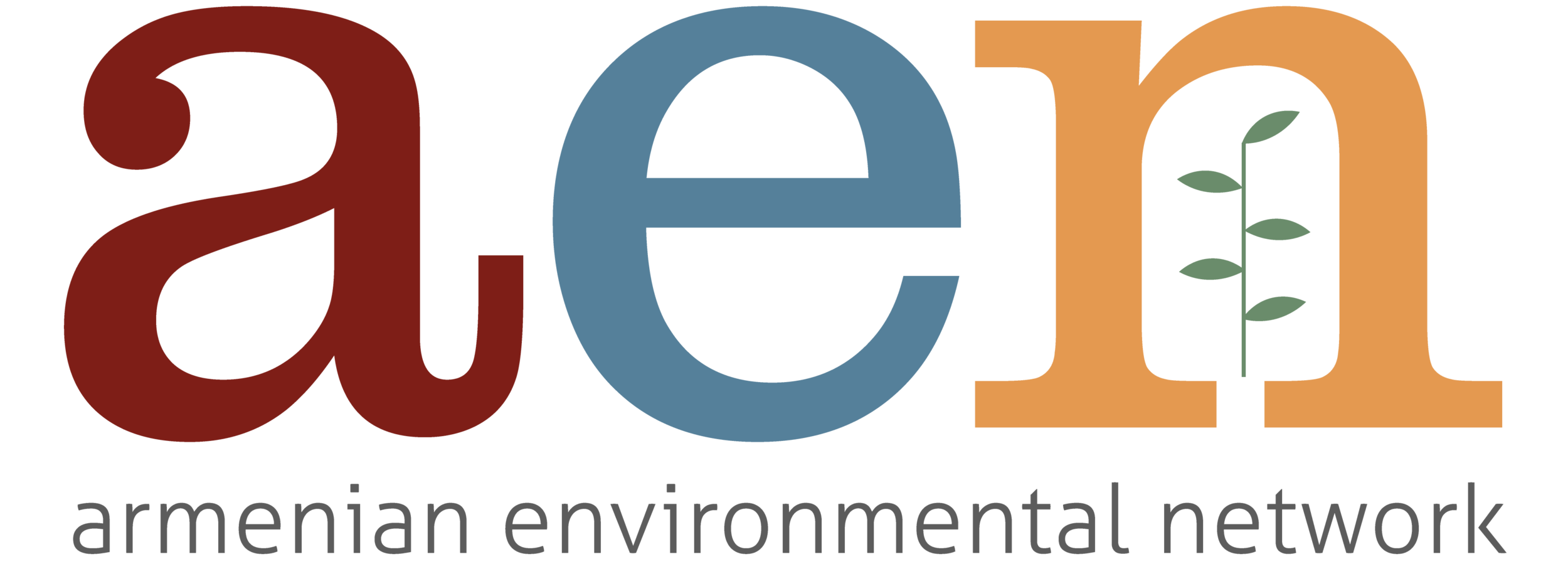Issues
Lake Sevan
Lake Sevan faces numerous threats. For decades Lake Sevan’s water was drained in order to provide the Ararat Valley with irrigation water for farms. As the deleterious results of this policy became obvious the Armenian government authorized the restoring of water to Sevan. The publically stated intent is to raise the level back to its original state, for a gain of approximately 6 meters.
This site provides some introductory facts and figures on Lake Sevan.
However, while there has been a recent resurgence of the lake level, it remains well below the level necessary to restore the natural balance of the ecosystem and for the wildlife that depend on it. Organic runoff from agriculture and raw sewage from nearby villages continue to contribute to eutrophication in the lake. As a result, one of the native ishkhan species is endangered, with another ishkhan species thought to already be extinct. The invasive sig species, originally from the Caspian Sea, has thrived in this altered environment, which poses a further threat to the native ishkhan. For an excellent introduction to the problems at Lake Sevan view “Threads of Hope“.
This government sponsored report, from 2006, on the importance of the lake to the economy of Armenia provides an interesting perspective. What is interesting to note is Table 2 on the recorded fish catches from 1926 onward. Notice the total absence of the Lake Sevan Ishkan and Sevan Barbel from the catch records as of the early 1980’s. Notice also the precipitous decline in the Koghak harvest. These are ominous signs that permanent, irreparable damage may have already been inflicted at Lake Sevan.
These two articles paint a slightly different perspective for the prospects of Lake Sevan than the government sponsored report.
Kechut reservoir, which feeds Lake Sevan
The restoration of original lake levels may also be less prioritized than officials proclaim. Many well-to-do citizens, including government officials, have built private summer homes on the shores of Lake Sevan. If the lake’s levels were raised to the projected levels necessary to salvage the wildlife still in existence, the water would flood these homes—which raises the question of true motivations and intentions. We would hope that the government abides by its pledge to raise the water level by 6 meters and takes all additional and necessary steps to prevent any further lasting damage to the lake.
The local economy is also endangered by the destruction of this habitat. The fishing industry has seen their harvests steadily decline over the years (see govt. report above). Proper management of the aquaculture farms that are popping up around the area would help to reduce any effluent that is harming the habitat for the wild species remaining in the lake. These steps would increase long-term economic development and a sustainable source of income for fishermen.
A clean lake is also critical to the development of steady tourism–no one wants to vacation in a spot that has been destroyed over the years and is no longer healthy to be in or around. Lake Sevan is a popular destination for holiday goers, especially in the summertime. However, tourism can harm an area if it is not maintained sustainably. For more information on the impacts of tourism and how to plan your own visit to Lake Sevan in harmony with its wildlife, see the Armenian Ecotourism Association’s page on Lake Sevan.
If you know of a report that should be listed here and is not, please Contact Us with a brief explanation of its relevance and an active URL for the report.

